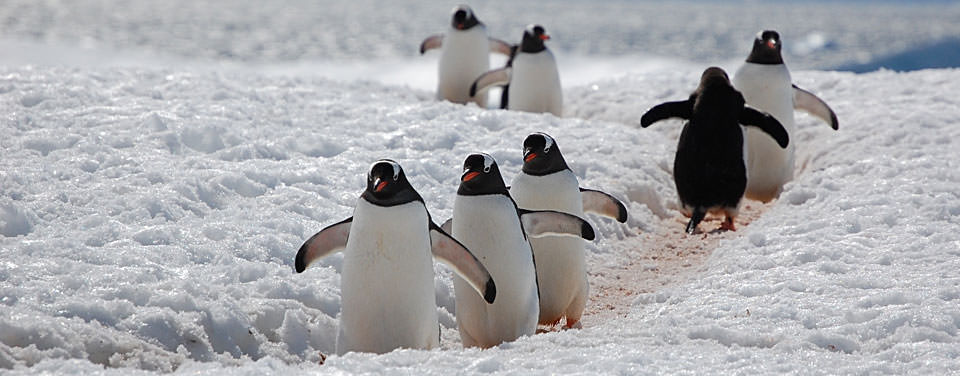The best collection of Alligator facts are here. Let's enjoy and give us your own idea
1. CHOMP!
You really, really don’t want to be bitten by an alligator. That might be one of the most awesome animal facts you had no idea before. A 2004 study of wild and captive alligators found that large individuals bite down with 13,172 Newtons–or 2960 pounds–of force, one of the most powerful bites ever recorded for a living animal.
2. BIG MEALS
Alligators don’t have a problem with their eyes being bigger than their stomachs. Thanks to a special blood vessel—the second aorta—they’re able to shunt blood away from their lungs and towards their stomachs, stimulating the production of strong stomach acids to break down their meals faster. Juvenile alligators are capable of eating about 23 percent of their body weight in a sitting, which is equivalent to a 180 pound person eating over 41 pounds of steak au poivre at a meal.
3. GATOR-EAT-GATOR
The biggest threat to an American alligator? Other alligators. When alligators are born they’re small enough to be light snacks for their older neighbors, and a 2011 study estimated that, in one Florida lake, bigger alligators eat 6 to 7 percent of the juvenile population every year.
4. BONE BREAKDOWN

An alligator stomach is a hostile environment. Their stomach acids have a pH of less than 2—in the range of lemon juice and vinegar—and most soft-bodied prey is totally digested in two to three days. If you wound up in a gator stomach, however, you'd stick around a bit longer. Bone and other hard parts can take 13 to 100 days to disappear completely. That might be one of the most awesome random facts ever.
5. HEALING FACTOR

Alligators are tough—and not just because of the bony armor in their skins. Serum in American alligator blood is incredibly effective at combating bacteria and viruses, meaning that even alligators that lose limbs in mucky swamps often avoid infection.
6. FRIGHTENING FORERUNNERS

Alligator forerunners and relatives have been around for a very long time. The largest was Deinosuchus, a 40 foot alligatoroid that lurked in coastal habitats all over North America around 70 million years ago. Damaged bones suggest that unwary dinosaurs were a regular part of the “terror croc’s” diet. Fortunately, today’s American alligators don’t come anywhere close to measuring up. Learn more about interesting science facts via our wide range of articles.
7. REPTILIAN FIDELITY

A decade-long genetic study of Louisiana alligators found that some females paired with the same males multiple times, with one in particular choosing the same mate in 1997, 2002, and 2005. Even some females that mated with multiple partners still showed long-term fidelity to particular males.
































